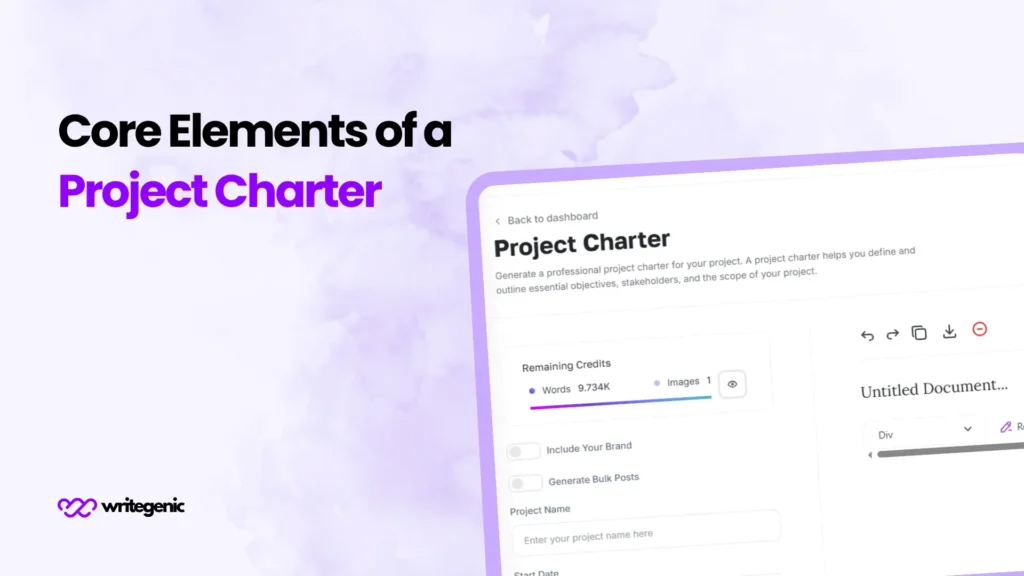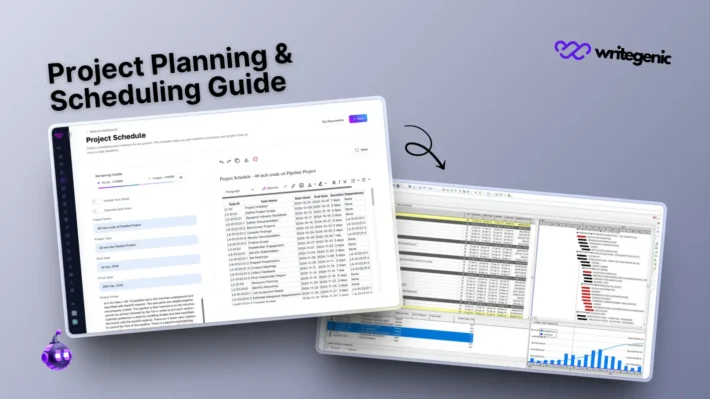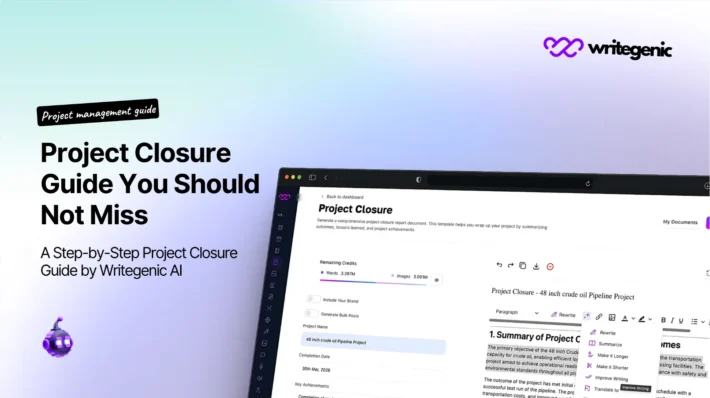Core Elements of a Project Charter: A Complete Breakdown

Starting a successful project actually starts with the project charter, before any tasks. If you’re starting a product, making software, or planning a campaign, the main parts of a project charter show what the project is for, what it will include, and how it will move forward.
We’ll explore the core features of an effective project charter, how it works with Agile, and its key purpose in this guide.
Table of Contents

What Is the Primary Purpose of a Project Charter?
Before we talk about what’s in a project charter, we should understand its main goal, this highlights the importance of a project charter.
The main goal is to officially begin a project and let the project manager use company resources. It defines expectations, brings everyone involved into agreement, and gives a clear idea of how the project will be successful.
Key functions include:
- Authorization: It confirms that the project can begin and tells who will manage it.
- Alignment: It combines all stakeholders under one set of defined goals.
- Direction: It gives the first parameters and describes what will be included, project time, and which resources to use.
- Commitment: It ensures that sponsors at the top level support and are responsible for the project.
If a project charter isn’t made, it’s common for the project to lose structure and direction, which may bring about misalignment, more work than needed, and wasted resources.

8 Elements of a Project Charter
Appreciating the 8 elements of a project charter helps you create a sturdy basis for your project. Every part is important for organizing and carrying out the project.
1. Project Purpose or Justification
You’ll find information about why this project is essential in this section. This section shows the link between the project and company strategy or business need, making the project’s importance and urgency obvious to stakeholders.
2. Measurable Objectives and Success Criteria
Clear, measurable goals are essential. Here, we list the main deliverables, set performance targets, and identify what indicators will show the project is successful.
3. High-Level Requirements
The project must answer to these high-level needs. Doing this ensures everyone knows the project boundaries from the start.
4. Project Description and Boundaries
This section explains the project as well as what is outside its scope. In this way, the team is aware of what is in and out of the project.
5. Key Deliverables
What deliverables will the project make available as a result? This part of the document lists the outputs the project aims to make.
6. Overall Project Risk
A list of potential risks and problems is detailed here. Uncovering risks early means the team can act quickly and reduce their impact before they grow.
7. Summary Milestone Schedule
It details main project dates, primary deadlines, and the projected finish dates for key milestones.
8. Stakeholder List and Assigned Project Manager
Naming the stakeholders and setting the project manager is done here. This step officially gives power and outlines who is responsible from the beginning.
When all of these main components are decided upon, the project team starts working efficiently from day one.
What Are Four Elements to Include in a Project Charter in Agile?
Flexibility is key for Agile teams, even though the need for planning stays the same. Agile practices use a project charter, but it is simpler and easier to change. What then are the four essential parts of an Agile project charter?
1. Vision Statement
Here, you explain in simple language what the project is and the value it will have. It helps all Agile teams stay focused on the project’s value.
2. Roles and Responsibilities
In Agile, the project starts by assigning the Product Owner, Scrum Master, and Development Team and making sure each member knows their responsibilities and authority.
3. High-Level Features or Product Backlog
Agile teams describe the project by listing major features or epics instead of dense requirements. They help set the agenda when planning each sprint and organizing the backlog.
4. Initial Release Plan
Even though Agile works in iterations, having a basic plan for when milestones will happen helps align with those involved.
They might look simpler, but Agile charters still play a big role in keeping everyone focused and on the same page.
Why the Core Elements Matter
Projects often have problems not because things aren’t carried out well, but because they begin with unclear groundwork. A project charter’s key elements show your team where they’re going and what they need to achieve. These elements:
- Help everyone understand what the team’s goals and scope are.
- Establish accountability and authority
- Find risks early so you can manage them soon.
- Help all stakeholders feel confident and openly informed together.
If these key parts aren’t in place, Agile teams may still lose direction.
Core Elements of a Project Charter vs. Other Documents
Many people are unsure about the differences between a project charter and other planning documents. Here’s how it compares:
| Document | Purpose | Timing |
| Project Charter | Authorize, align, define scope and purpose | At the start (Initiation) |
| Project Plan | Detail out execution, monitoring, and control | During Planning phase |
| Business Case | Justify investment in the project | Before project approval |
Each document plays a unique role, but the charter is the official launchpad.
Conclusion
A good project charter is at the heart of every successful project. All the components, from the main goals to who is involved, help everyone stay aligned, manage risks well, and keep everyone responsible. Knowing what goes into a project charter lets you lead a team or squad, whether you follow traditional or Agile methods, with confidence.
FAQs
Can the project charter change once the project starts?
Changes to the charter don’t happen often, but they can when the scope or goals shift, mostly with the sponsor’s approval.
Is a charter required for small projects?
An easy charter is enough to make sure everyone agrees and the project stays organized.
Who is responsible for creating the project charter?
Most of the time, the project manager writes the charter after talking with the sponsor and stakeholders.
How does a project charter differ in Agile vs traditional methods?
An Agile charter is easier to create and mainly includes the main vision, project roles, and big features, not detailed tasks or deadlines.


